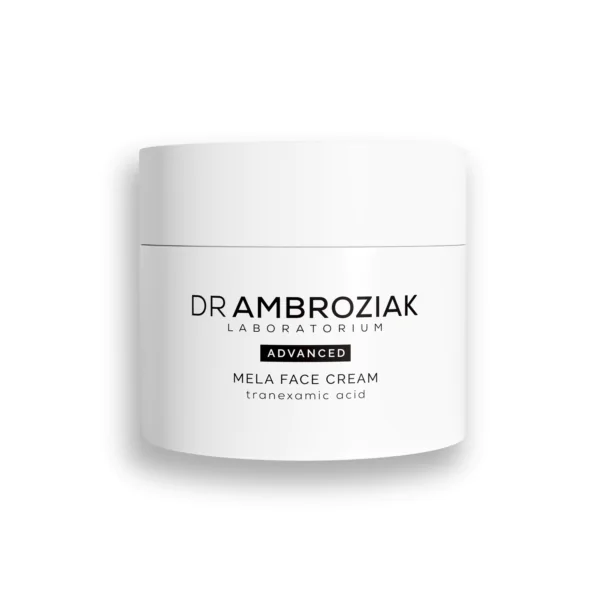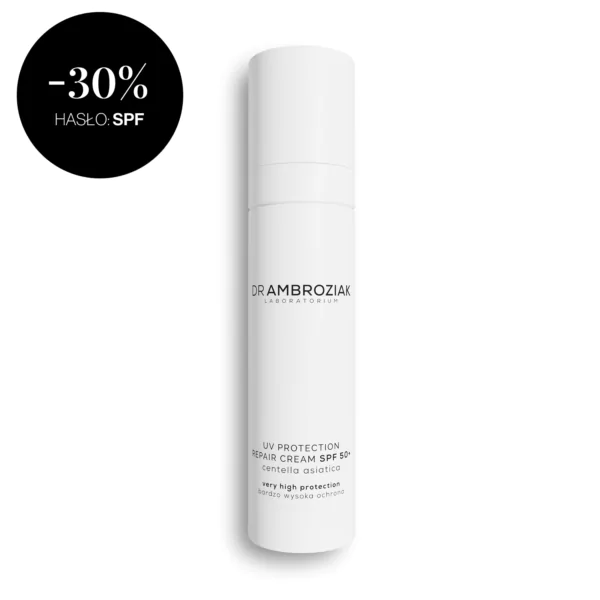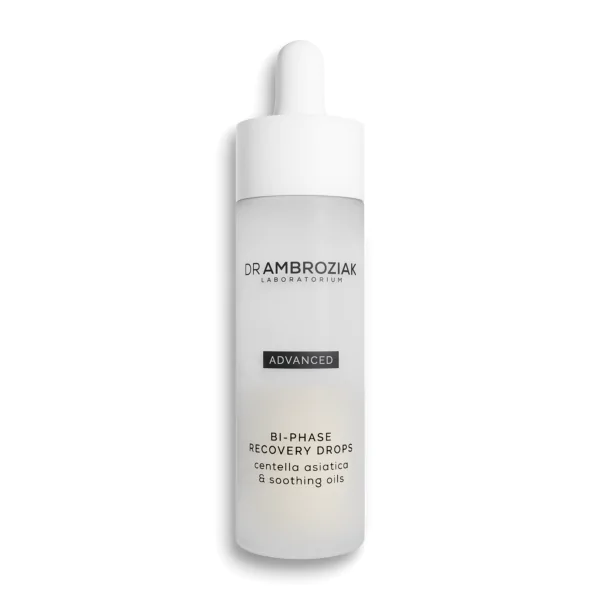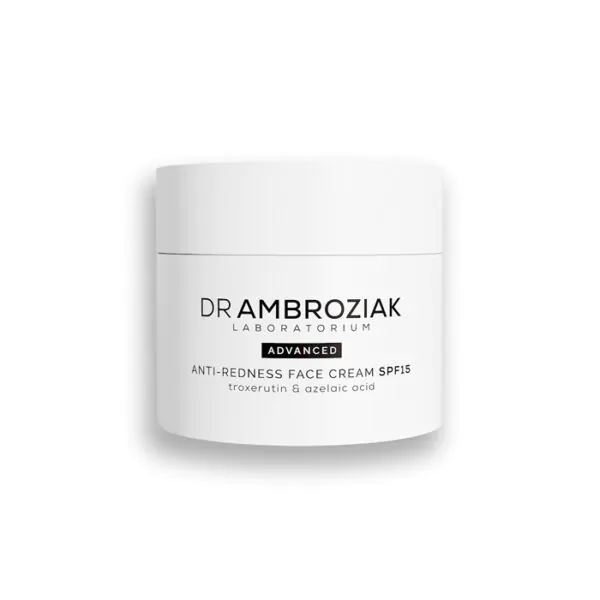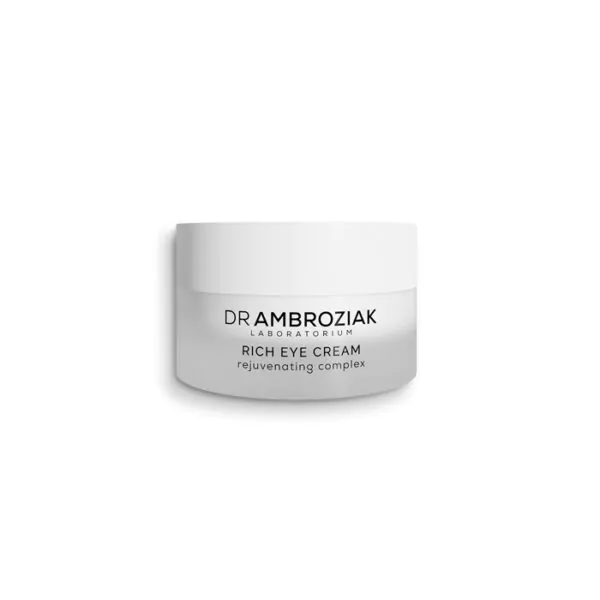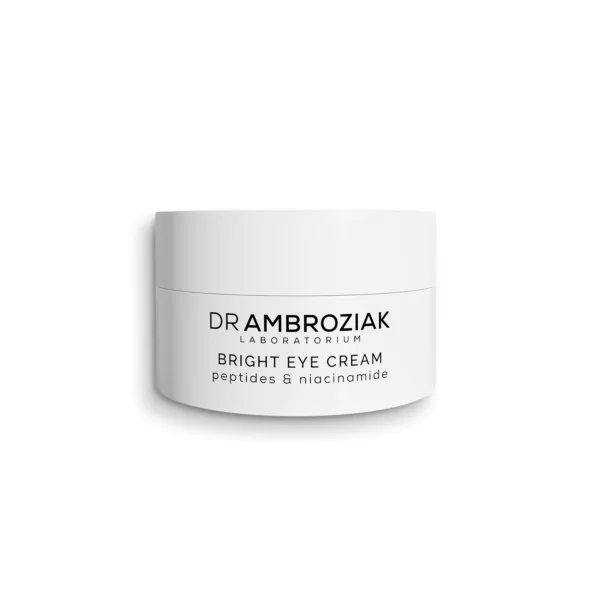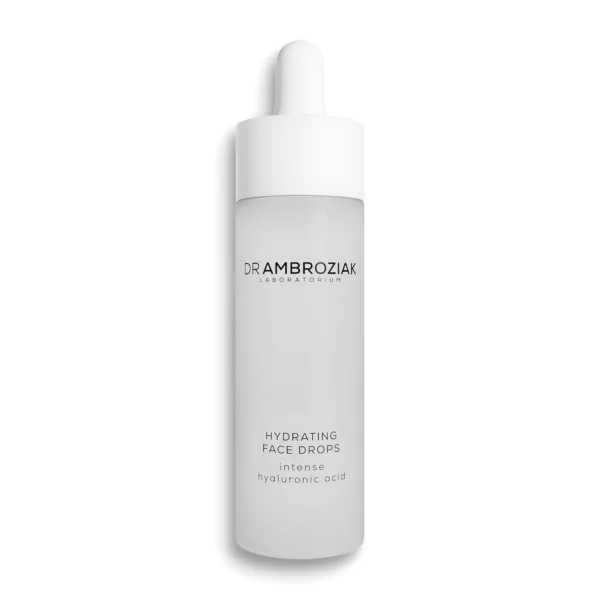Face and neck lift
The face and neck lift is the flagship aesthetic plastic surgery that can dramatically change the appearance and rejuvenate the patient by up to 10-15 years. As we age, sagging and drooping of the face and neck tissues occurs. During the early stage, these symptoms can be effectively corrected by minimally invasive methods of aesthetic medicine, such as facial volumetry with hyaluronic acid, laser or ultrasound treatments.
If aging of the face and neck area is more advanced, it may require surgical intervention, which involves not only removal of excess skin but, more importantly, suspension and tightening of its scaffolding, i.e. the underlying fascia. In this way, performing the operation once ensures an effect that lasts for years.
Why is it worth it?
The face and neck lift gives a long lasting, yet natural result of face and neck rejuvenation. It effectively reduces the excess of drooping tissues which cannot be removed without the use of a scalpel, but without affecting the patient's features or facial expression.
What do you need to know?
Location
Problem solved
How often repeat
Duration time
Effects
By addressing flaccidity of the muscles and fascia of the operated area, the skin is given good support to counteract sagging with age, while wrinkles are smoothed out. The face looks much younger and more relaxed, flabbiness of the chin is eliminated and the excess and folds of skin are reduced in the neck area.
Book consultation!
FAQ
Before the surgery, laboratory blood tests (blood count, coagulation parameters, electrolytes, urea, creatinine, CRP - inflammatory protein), ECG and chest X-ray are necessary. After the tests are completed, the Patient reports for an anaesthetic consultation, during which the conditions for anaesthesia are assessed. Admission to hospital takes place on the day of surgery. The operation is carried out under general anaesthesia and lasts up to 6 hours. Surgical incisions are hidden along the hairline or in natural folds and curves of the skin. They run, consecutively: on the temple, in front of and behind the ear, and then descend towards the neck in the occipital region. In case of muscle separation and significant skin excess in the midline of the neck and on the chin, the surgeon may additionally suggest making an incision under the chin to better address flabbiness of these areas. The plastic surgeon performing the procedure gently separates the skin and subcutaneous tissue from the underlying muscles and fascia, avoiding damage to the vessels and nerves running through the operated areas. This is followed by procedures on the deeper, so-called SMAS (musculo-fascial) layer - its incision with elevation or folding with the help of properly placed sutures, which ensures a long-lasting effect of lifting the facial tissues and prevents the scars and skin from stretching. After thorough assessment, excess skin is removed at the border of the surgical cut. During each stage, the plastic surgeon performs detailed haemostasis, i.e. closes open blood vessels, which reduces blood loss during the procedure and the risk of bleeding after surgery. The surgical procedure is completed by placing sutures on the subcutaneous tissue and skin, as well as postoperative dressings. Sometimes, the operation is complemented by additional surgical procedures such as eyelid plasty or fat grafting if indicated. The patient spends about 2 hours in a monitored recovery room and then returns to their room at the Department. The operation requires a stay of 1-2 nights at the Clinic. Sutures are usually removed between 7 and 14 days after the surgery. Swelling subsides and convalescence takes about 2 weeks, but the patient needs to wait a minimum of six months for the final result of the operation until the scars have fully remodelled.
Postoperative recommendations include: - limiting physical efforts and lifting for at least one month after the surgery; - wearing a compression band around the face and neck for several weeks; gentle pressure in the operated areas promotes healing and facial contouring, reduces swelling and prevents haematoma formation; - daily hygiene of postoperative wounds including washing them with disinfectant fluid and changing the dressings; - removal of sutures usually between 7 and 14 days, depending on the progress of healing; in some cases, it is advisable to keep the sutures in place longer; - follow-up visits usually take place after 7-14 days (with removal of sutures), after 3 months and after a year. Please note that the healing process for each patient is individual and may require additional checks.
The main contraindications for the face and neck lift include uncontrolled general diseases such as diabetes or hypertension, taking drugs that affect blood coagulation (aspirin, anticoagulants such as Xarelto, Pradaxa and others, high doses of anti-inflammatory drugs), systemic or skin infections, including active herpes. Due to the particular risk of complications in smokers (especially local skin necrosis with the formation of skin losses - occurring up to 12 times more often), it is contraindicated to perform scheduled aesthetic procedures in smokers, and the optimal interval from quitting smoking is at least 3 months. Scheduled aesthetic operations are also not performed in pregnant or breastfeeding women.
The procedure is carried out under general anaesthesia and is, therefore, not painful. Immediately after the operation, tenderness and increased tension of the operated area are typical, among others in connection with swelling after the surgery. As time goes by, this discomfort eases and, if necessary, the patient can take painkillers prescribed by the attending surgeon.
Significant rejuvenation of the face while maintaining the natural facial features of the patient
The lift effect is very long lasting. Depending on condition of the patient's skin and natural aging processes after the surgery, the effect will gradually diminish. However, it is a procedure whose results are the most durable of all aesthetic procedures.
Yes, an enormous advantage of properly performed lift is a very natural, but much younger appearance of the face.
• swelling and bruising of the face and neck • postoperative pain limiting activity (temporary) • haemorrhage during or after surgery (may require repeated surgical intervention) • haematomas under the skin (4-5%) and subcutaneous haematomas • inflammation and infection (2.2%) • delayed wound healing • hypertrophic or wide scars • keloid • local skin necrosis (12 times more frequent in smokers) with skin prolapse • permanent or temporary discolouration of the skin • surface irregularities and depressions in the operated area • thickenings • hypersensitivity or hyposensitivity • paresis or paralysis of the inferior facial nerve resulting in facial expression deformity (very rare) - 0.53-2.6% • local infection: abscess, skin cellulite • loss of hair in the incision line and in the immediate vicinity • chronic pain in the incision line (2.5%) • the need for a corrective reoperation in the event of insufficient improvement and patient satisfaction or too rapid, unpredictable return of tissue flaccidity
Swelling subsides and convalescence takes about 2 weeks. After this time, the patient's appearance improves significantly; after about a month already, the effect is satisfactory to most patients, but one needs to wait at least six months for the final effect of the operation, until full reconstruction of the scars.
The surgery is performed once and does not need to be repeated, while the expected result is maintained for many years.
We also recommend
Find the perfect treatment for you
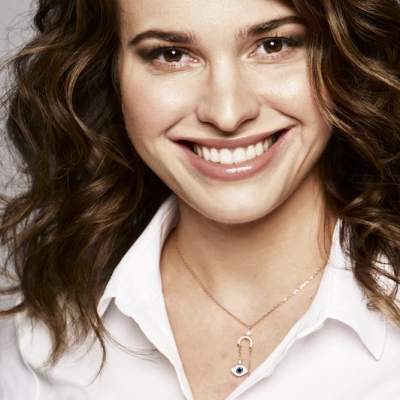
Forlle'd Luxury moisturising treatment

Nanosecond laser




